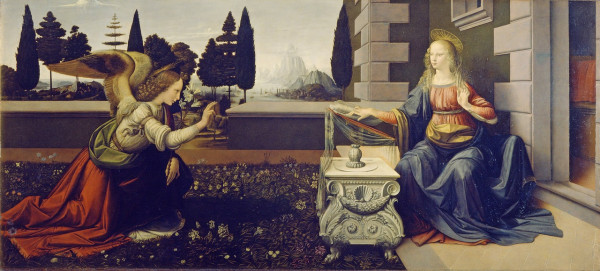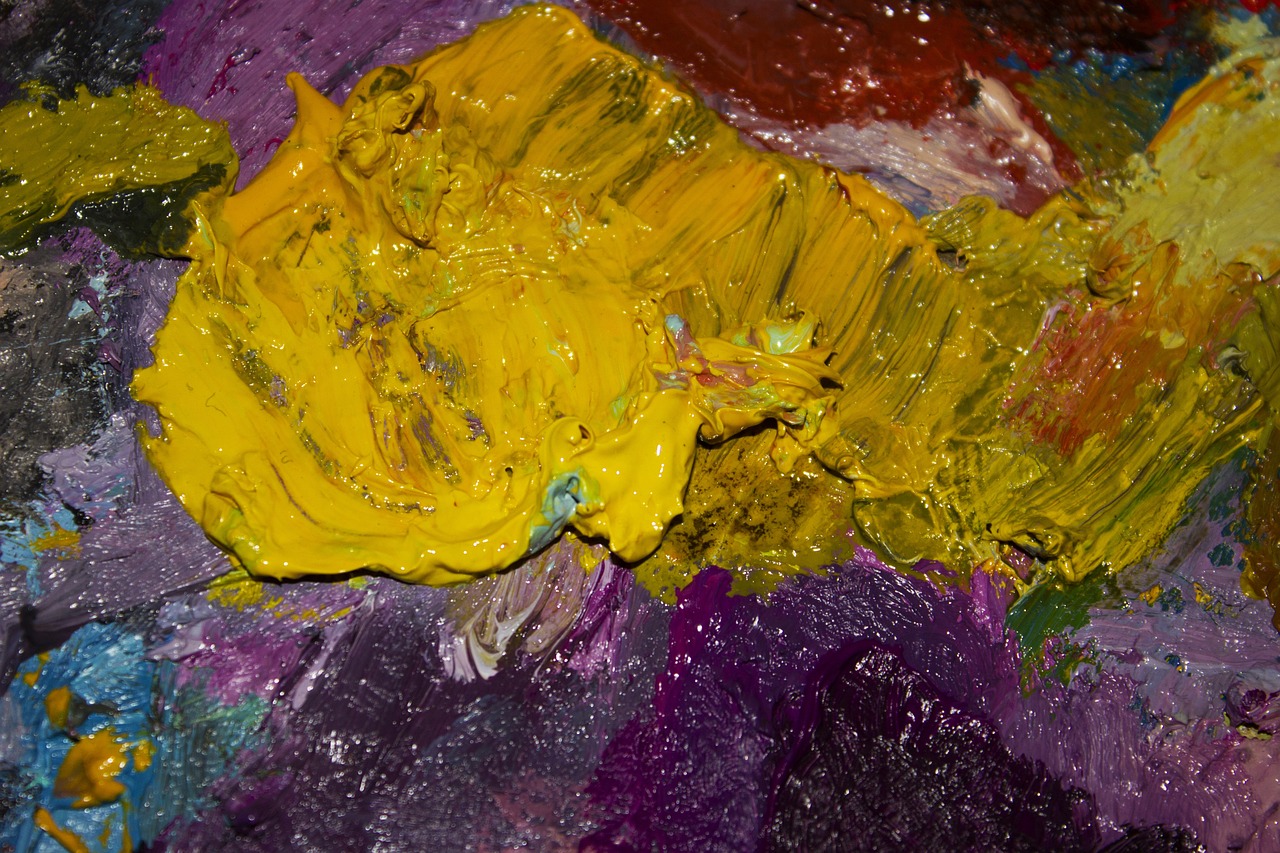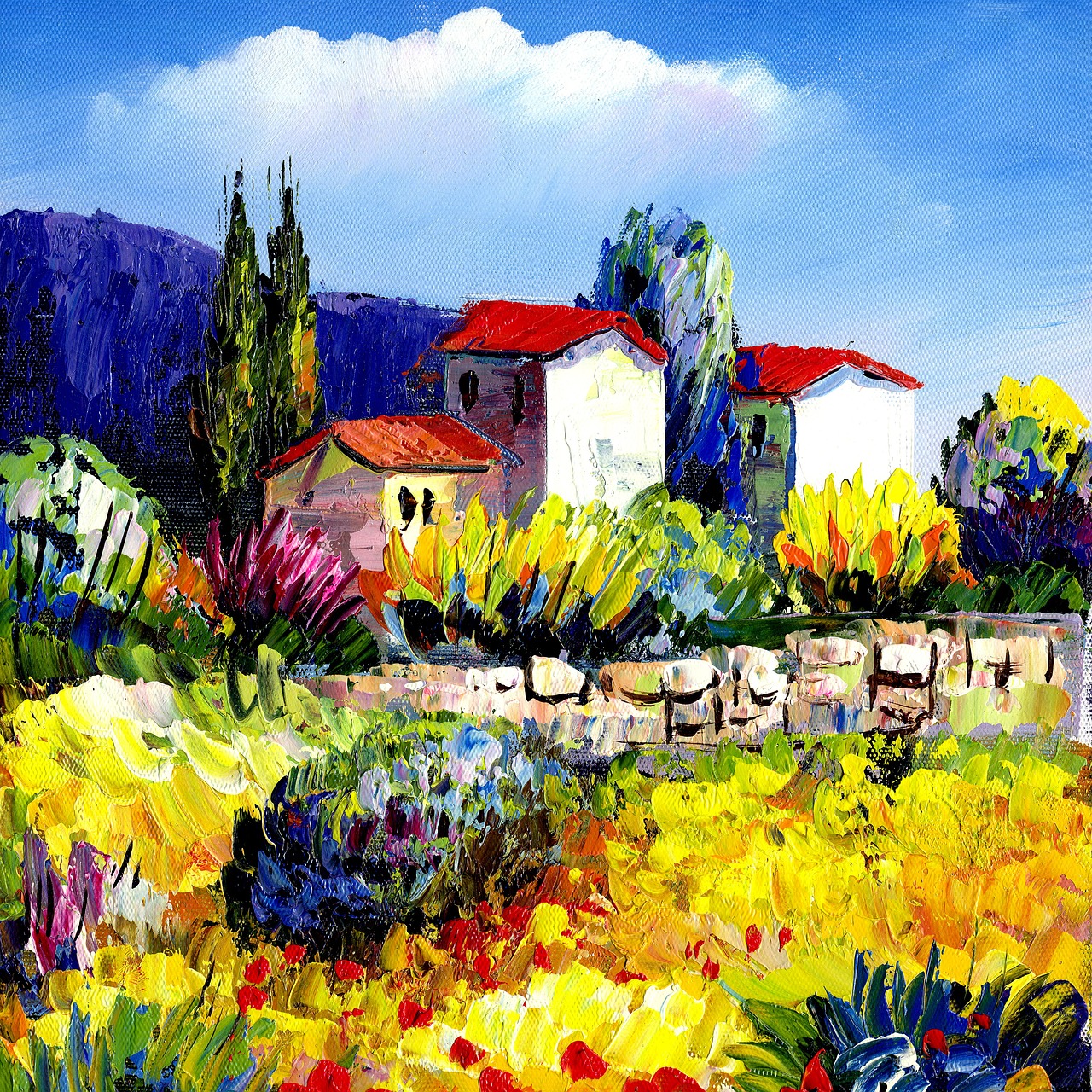Types of Oil Painting Techniques and 10 Most Important Oil Painting Tips for Beginners

Oil painting is the process of painting with pigments, using drying oil as a grappler. It is the most common technique for painting on wooden panel or canvas for several centuries. The advantages of oil painting images are greater flexibility, rich and dense color, wide range from light to dark. The process is too slow, as one layer of paint need to get dry before another layer of paint is applied.
Different Types of Oil Painting Techniques
Oil painting technique seem hard to master, in the initial phase of painting. There’s a learning style with each and every type of painting. But oil painting is something particularly enormous.

To master this technique, it's best to learn from a skilled oil painting artist, like award-winning Australian painter Lana Zueva, whose work communicates volumes with each stroke of the brush. For aspiring oil painters looking for a more in-depth study, Lana provides private one-on-one classes.
However, for those who prefer to learn independently, let's delve into various oil painting techniques and beginner tips.
Oil painting is a classic and versatile medium that has been used for centuries by artists around the world. This medium offers a wide range of possibilities for artists to explore, and there are countless techniques that can be used to create a variety of effects and styles. In this article section, we will explore some of the most popular types of oil painting techniques.
Alla Prima
Alla Prima, also known as direct painting or wet-on-wet, is a technique where an artist paints directly onto the canvas without allowing the layers to dry. This technique is often used for quick sketches, studies, or for capturing the essence of a scene or subject. Artists who use this technique need to work quickly and confidently, as the paint can mix together on the canvas and create unexpected effects.
Glazing
Glazing is a technique that involves applying thin layers of transparent or semi-transparent paint over a dried layer of paint. This technique can be used to create a sense of depth and luminosity, as the colors underneath the glaze are allowed to shine through. Glazing can be time-consuming, as each layer needs to dry completely before the next layer can be applied.

Impasto
Impasto is a technique that involves applying thick layers of paint to the canvas, creating a three-dimensional effect. This technique is often used to create texture and depth in a painting, and can be used to create a variety of effects, from rough and textured to smooth and polished. Impasto can be achieved using a palette knife or a brush, and can be used to create both abstract and representational paintings.
Scumbling
Scumbling is a technique that involves applying a thin layer of paint over a dried layer of paint, using a dry brush and a light touch. This technique can be used to create a variety of effects, from soft and subtle to bold and dramatic. Scumbling can be used to create a sense of atmosphere and depth, and can be particularly effective when used in conjunction with glazing.
Sgraffito
Sgraffito is a technique that involves scratching or scraping away layers of paint to reveal the layers underneath. This technique can be used to create a variety of effects, from fine lines and textures to bold and dramatic marks. Sgraffito can be used to create a sense of depth and movement, and can be particularly effective when used in conjunction with impasto.
Oil Painting Tips for Beginners
In the initial phase of learning, it’s meaningless to expect mastery on oil painting. Whether you are new to the field of painting, or you are expert in painting in other medium, it will take some time to learn the basics of oil painting, due to its slow drying time and stringent rules for layering. You should give yourself time to learn experiment and do discovery.
Oil Painting Tips:
Holding The Paintbrush
An artist holds the brush in many ways while painting. There is only one specific method to hold the brush during oil painting. Holding the paint brush as far as possible brings the most sensitivity and fluidity from each of the strokes. This is a bit uncomfortable initially, but with time it gives the best control over the brush.
Brush Orientation
It’s very easy to forget that the paint brush has 2 orientations. All brushes could be turned to other sides for sharper strokes or lines. Controlling your lines using a brush helps you to paint quickly with better clarity.
Varying Amount Of Pressure
Using heavy hands on your paint brush should be avoided. Most of the time the amount of pressure you apply to make a stroke makes it a masterpiece or a mess. You should get friendly with how your light, medium and heavy stroke looks on the canvas. You should vary your pressure to get the desired result.
Tackle The Power Of Painting Medium
Oil painting is not just a normal painting. An important part of oil painting is in a controlled utilization of painting medium, usually a solvent and an oil is mixed to modify the paint and to look in different way. Using a lot of medium will generally make the paint dull.
When using a painting medium, such as a solvent or oil, it is important to use it in controlled amounts. Adding too much medium can result in a dull and lifeless painting. Additionally, be sure to choose a medium that is compatible with the type of paint you are using, as different mediums can have different effects on the paint.
Keep The Colors Pure
You should be careful while taking paint from the palette. Clean your brush before use or it will discolor the paint. It’s important to maintain the originality of the color, so clean the brush regularly, even during painting.
Mixing Colors

Taking paint from all the paint piles while mixing will give dull and slacken mixture. You should practice mixing any two colors with white. Increasing your color understanding and getting good at mixing helps to improve more efficiently and quickly. Ultimately, you will see the great results.
No Over mixing
When mixing colors, it's important to avoid over mixing, as this can cause the colors to become muddy and lose their vibrancy. Overworking the paint can also result in a dull and lifeless painting. Instead, mix the colors just enough to achieve the desired shade and texture, and avoid going over the mixture too many times. Remember that each time you mix the paint, you're creating a unique color and texture, so it's important to be deliberate and precise in your mixing techniques.
Don’t Cut Back On Paint
Sometimes you need a thin stroke, and sometime you need a thick one to get the desired effect, so you should use enough paint to create the type of mark you want. Don’t reduce the amount of paint at the expense of your painting.
Wet-On-Wet Verses Dry Brush
You can paint directly on a wet surface or you can wait for it to dry, and put paint over that. Paint will mix on the canvas, if painted on a wet paint. This is great for creating transitions. Painting with a dry brush will give you a different effect. When deciding whether to paint wet-on-wet or with a dry brush, consider the effect you want to achieve. Wet-on-wet painting can create smooth transitions between colors and create a more fluid, organic look. Dry brushing can create a more textured, layered effect. Experiment with both techniques to see which works best for your painting.
Don’t Forget The Palette Knife
A palette knife is not just for mixing paint - it can also be used to create interesting textures and effects in your painting. Sometimes, it could be used differently to create unique strokes as well. For example, you can use a palette knife to create thick, impasto strokes or to scrape away layers of paint to reveal underlying colors. Don't be afraid to experiment with different techniques using the palette knife to add unique elements to your painting.
In Conclusion
Oil painting is a fantastic medium and generally the preferred choice of the painters to create Art Works. Oil paint is slow drying and adaptive, permitting you to easily utilize it on canvas.
If you are interested in becoming an artist, then these important oil painting tips will surely help you out. Though all these tips are just to help you in getting started in this new field of oil painting. To excel in this Painting Style, you need practice, patience, and perseverance.
